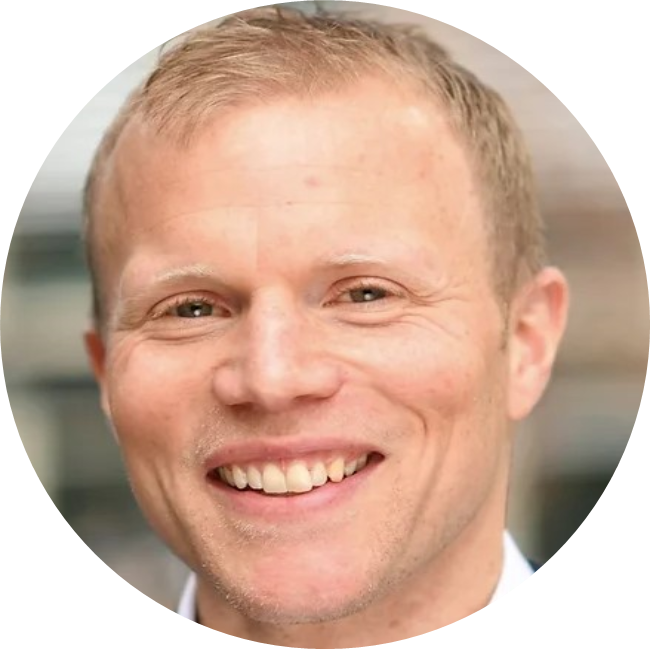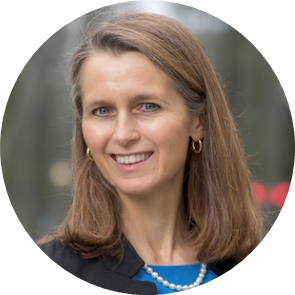In low- and middle-income countries (LMICs) limited access to financing limits the widescale adoption of individual clean energy such as solar powered systems. Microfinance remains the predominant source of credit to poor households, but microfinance loans suffer from low repayment, partly due to being unsecured. Secured borrowing is much less prevalent in LMICs due to the high costs associated with physical repossession. Recent technological advances have allowed private sector firms to offer financing to households secured by "digital collateral,” which helps overcome economic frictions in credit markets (Gertler et al., 2021). While the innovation appears promising, little is known about how to design the contract. This project will investigate the impact of two leading credit candidates on household solar power purchases in Uganda and Tanzania: pay-as-you-go (PAYGO) financing versus a more traditional loan contract (ARREARS).
The researchers will use a randomised field experiment to compare the effect of PAYGO to ARREARS financing on household outcomes. Together with ENGIE Energy Access, they will run a field experiment in the two countries to test the two contracts with an “ultra affordable” 10W SHS model, randomising the contract at the store level. First, within each country, stores will be randomised into offering either a PAYGO or ARREARS contract at the same price, interest rate, and contract length. Second, once potential customers arrive and state that they are interested in the SHS, baseline contact and demographic information will be collected. Third, after signalling interest, the potential customer is then told the contract loan terms and can accept or reject. The two treatments are i) “PAYGO”, where arrears do not need to be paid off and starting to pay on schedule for solar electricity will give the customer access to their solar power; ii) “ARREARS”, where arrears need to be completely paid off before accessing solar power. Finally, one year afterwards, the researchers will survey all individuals for whom information was recorded on previously, regardless of SHS loan take up. The take-up rate will indicate household’s willingness to transition to clean energy and household repayment will speak to whether private market solutions are economically sustainable.
This study’s findings will have important implications for how the private sector can best expand households’ access to clean energy in LMICs and reduce pollution in an economically sustainable way. For instance, ENGIE Energy Access, one of the leading SHS providers in Africa, is currently deciding between which of the two contracts to offer in its product line of SHS. More broadly, multilateral aid agencies focusing on the private sector such as the IFC, DCDO and USAID will find these results useful in their planning to support the development of the private sector and the clean energy industry.







